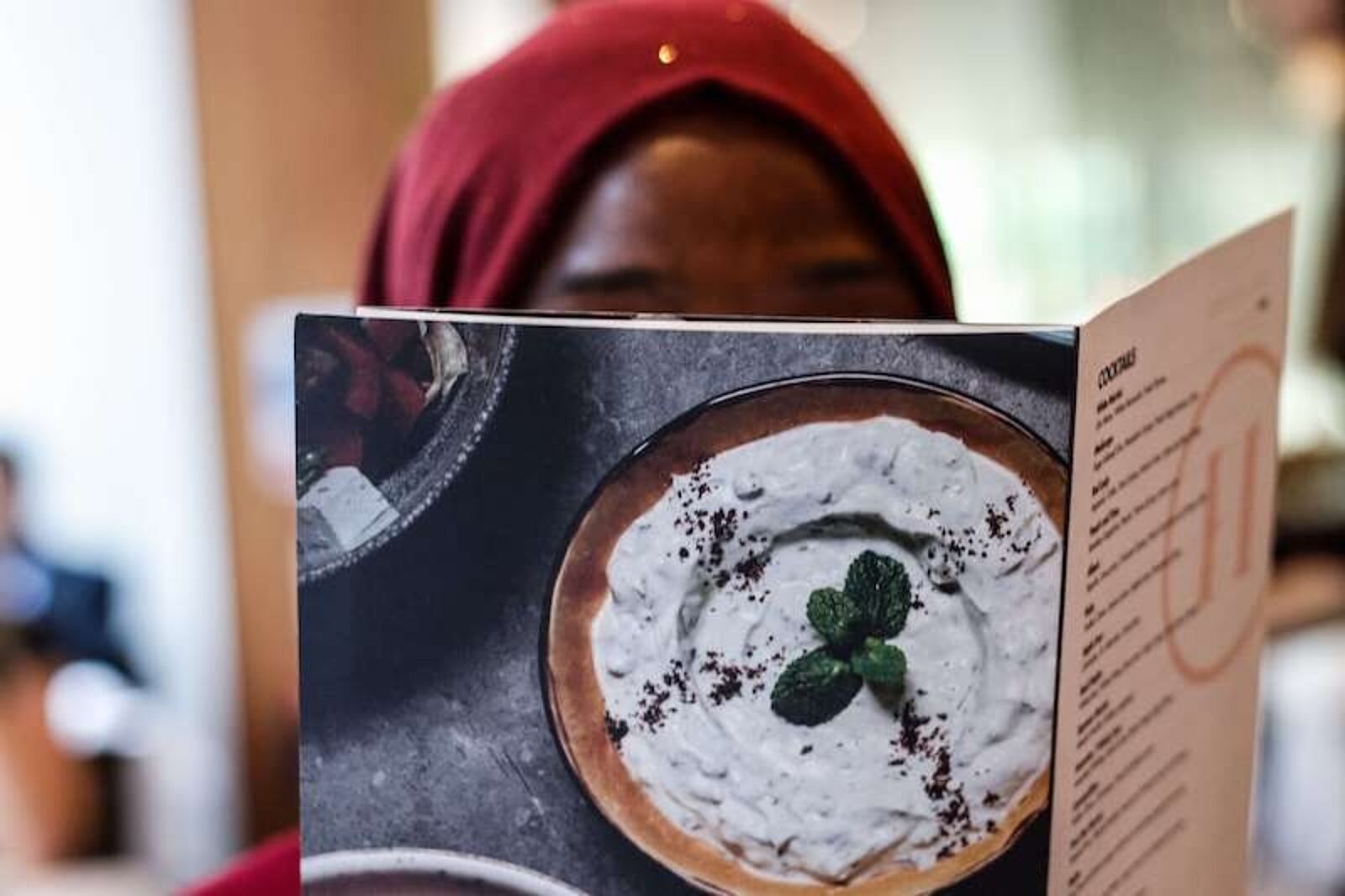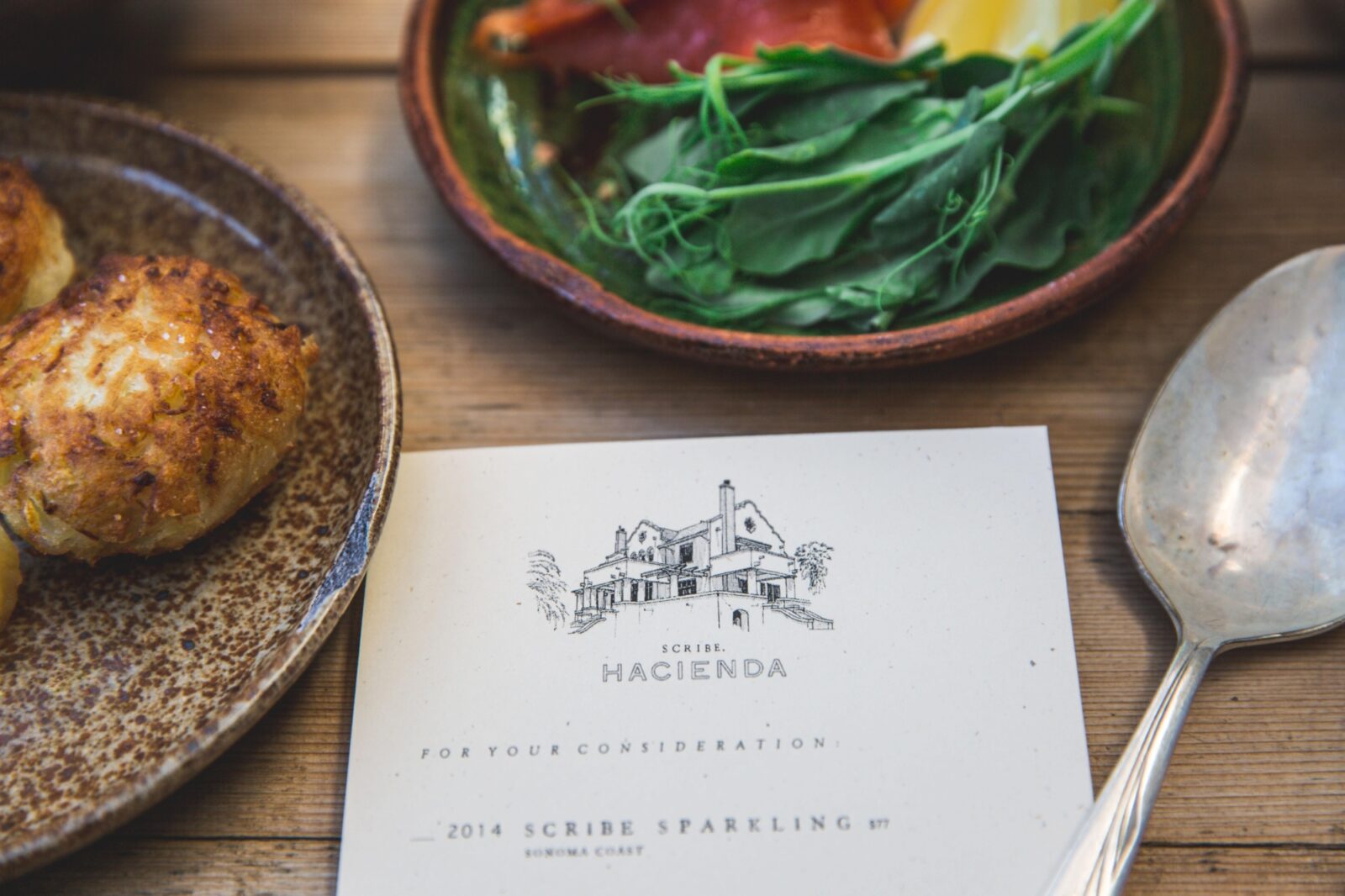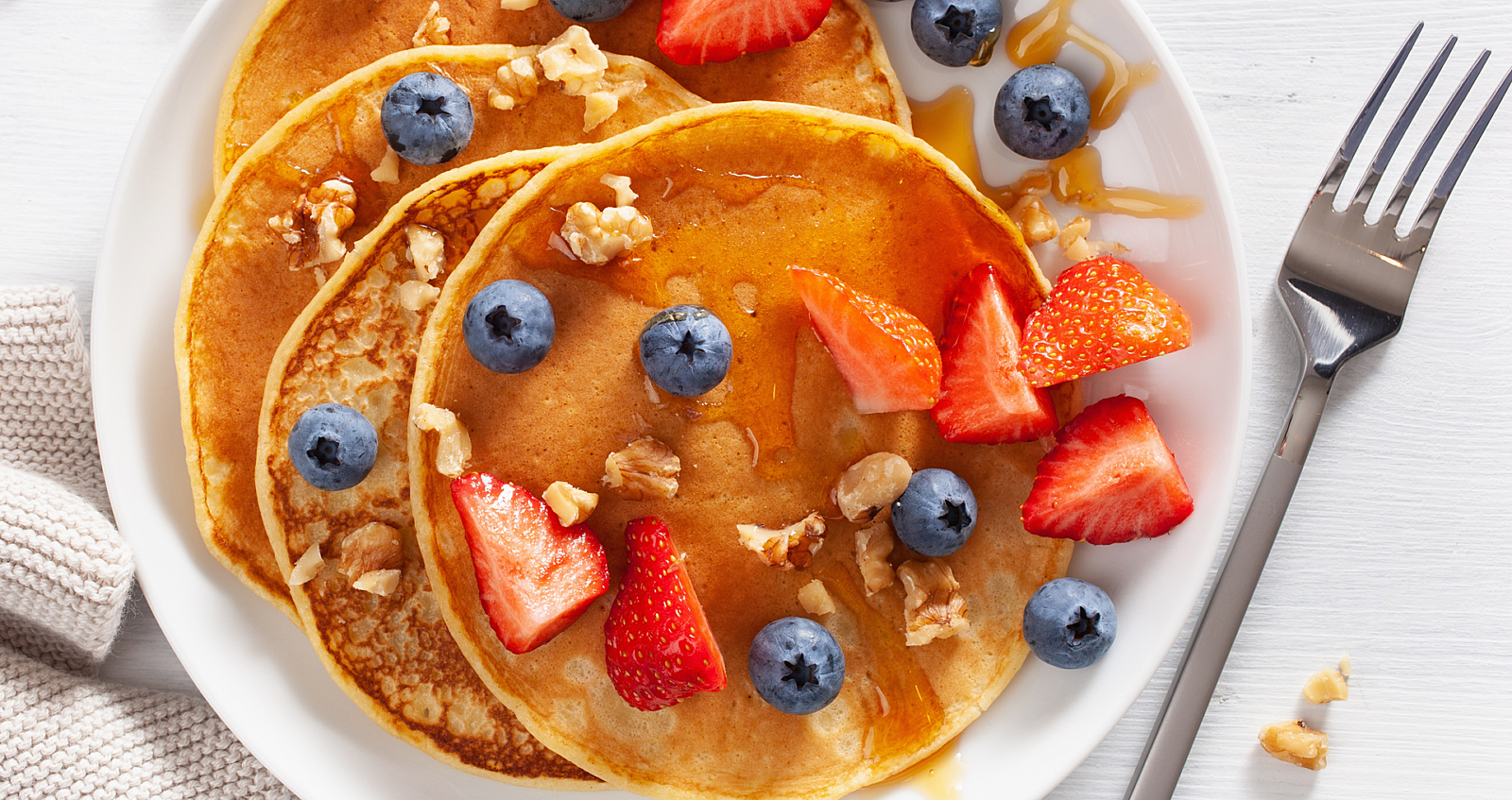
How to Make a Diner Menu Design With Examples (Free Template)
Looking to create your diner menu? Here's how to do it in 10 steps.
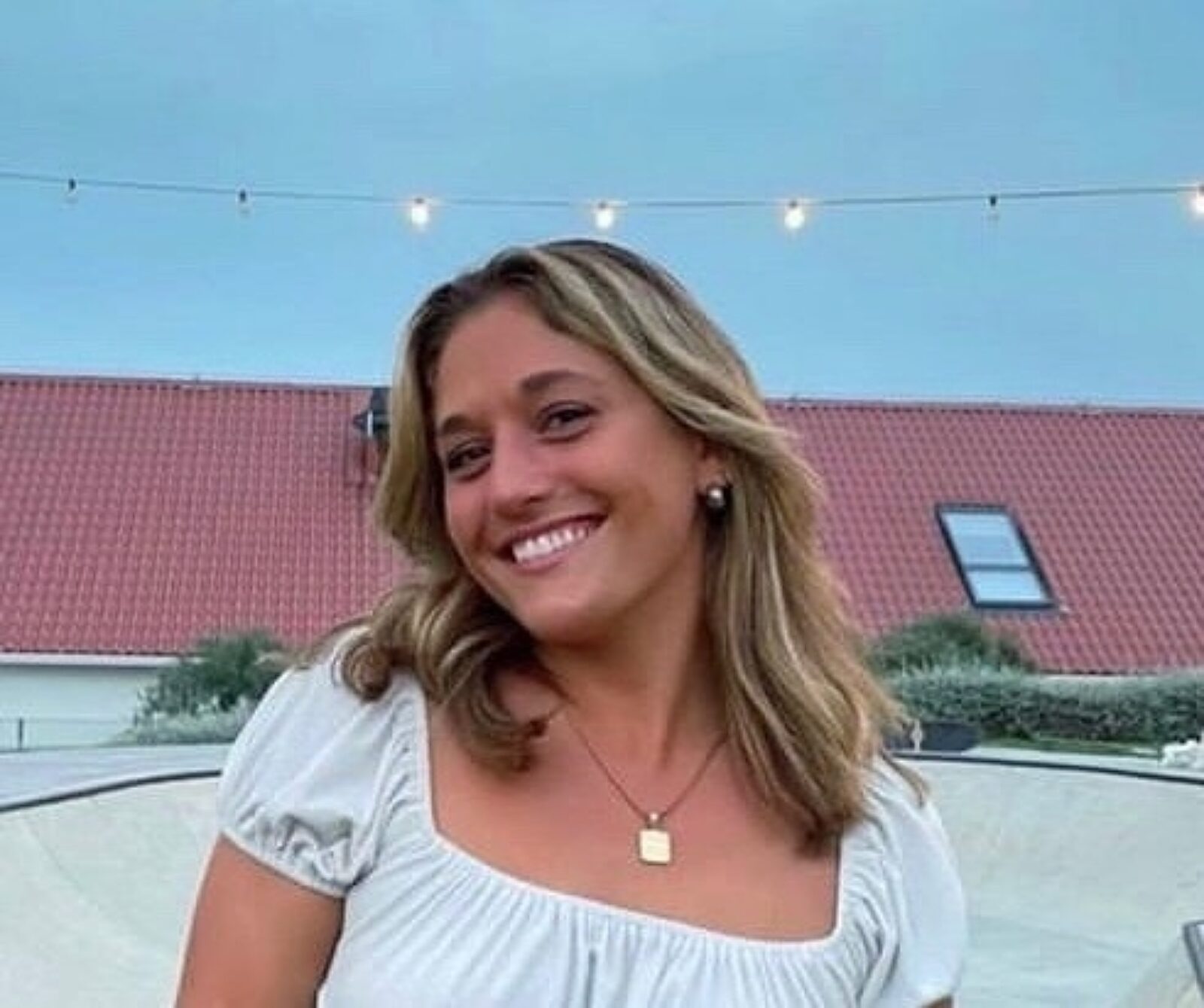
Maddie RocklinAuthor
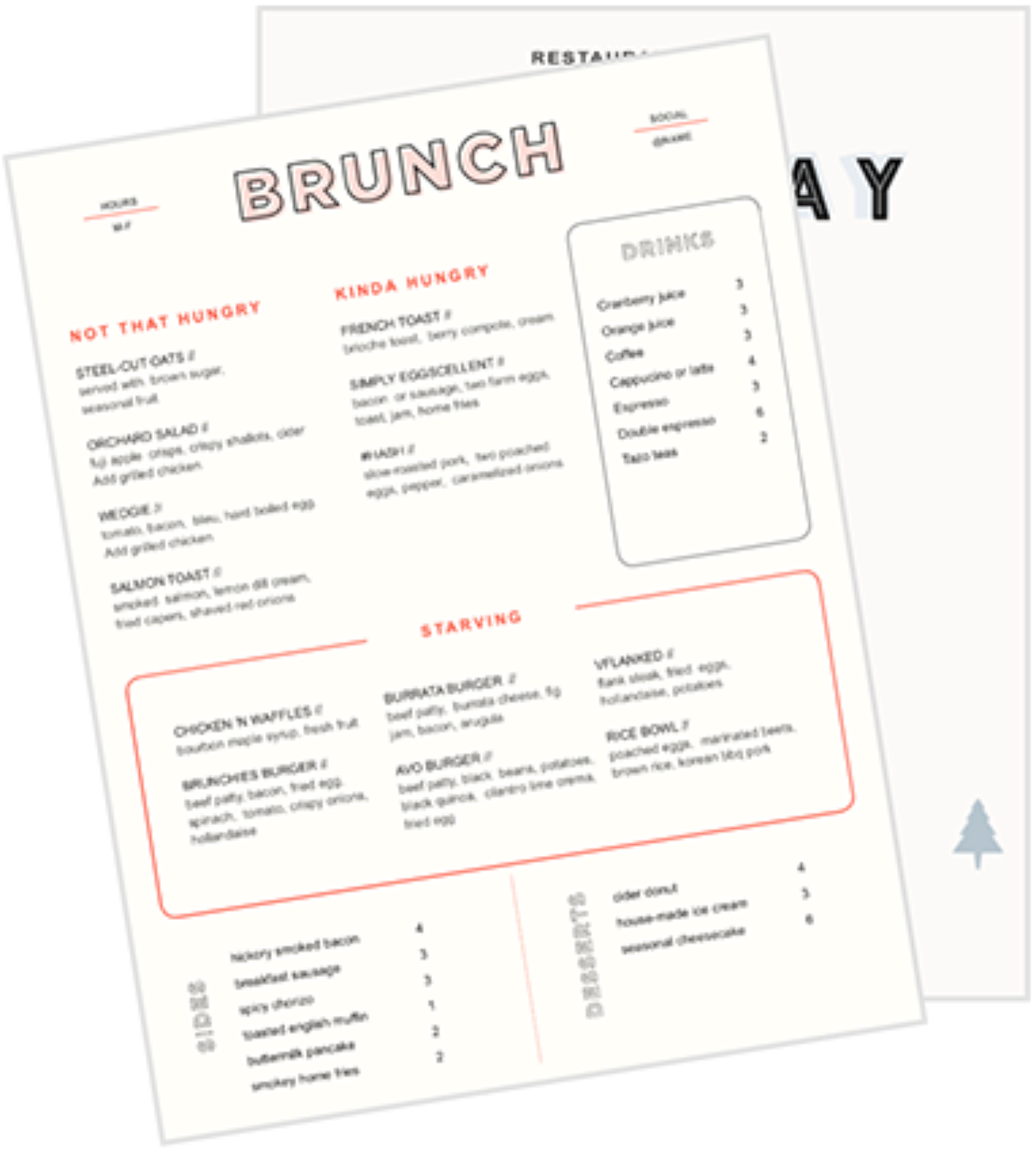

Restaurant Menu Templates
Use these menu templates as a starting point for your menu design or to give your menus a refresh.
Get free downloadHow do you price a diner menu?
Your pricing strategy is a numbers game based on understanding overall restaurant costs, conducting recipe costing, calculating final plate / dish costs, and then setting a menu price to maximize margin.
How to Create a Diner Menu
You can already picture it – the booths, the counter, the jukebox, the neon sign beckoning potential customers through the doors of the diner you’re finally going to open. You’re bringing your vision to life – congratulations! But first, you’re going to need to create one fundamental component: your menu.
Building a menu is so much more than simply making a list of the food you’re selling. From how your meals are described to how prices are listed, from the colors and fonts you use to the illustrations and photos you incorporate, from online links to printed pages in laminated sheets – your menu is a critical tool for driving customer engagement and maximizing revenue. So, it’s important to take this opportunity to think intentionally about how you’re creating a diner menu that works best for you and your business.
Restaurant Menu Templates
Use these menu templates as a starting point for your menu design or to give your menus a refresh.

Diner Menu Design Best Practices
While every diner is different and unique in its own way, some menu design best practices tend to hold true across the industry, and are helpful to consider as you put your diner menu together.
How to Make a Diner Menu
Below, we’ll go over the 10 steps that should set you up for success as you cook up your diner menu from scratch!
Write out all menu items
Begin with making a list of every single item you’re planning to sell. You can do this in Excel, Google Sheets, or with a pen and paper – whatever method works best for you.
Your customers can’t buy something they don’t know is available for purchase, so make sure you’re writing down everything you can think of. Beyond the usual appetizers, entrees, drinks, and desserts, are there any sides, add-ons, special deals, or combos you could incorporate? What about milk substitutions for coffee, or protein customers can add to salads? Anything you can think of you could sell to your customers goes on the list!
Categorize menu items
Now that you’ve listed all your menu items, it’s time to organize them.
Think about what categories will make the most sense for your diner. Will you sort by meat, fish, and poultry? Appetizers and sides? First and second course? Desserts, coffee, and tea? Will milkshakes go with drinks or dessert? Sorting out which items should go where will help you both keep track of your inventory, and also set you up to organize your menu in a way that is most intuitive and accessible for your customers – and most likely to maximize your revenue.
For example, within your entrees category, is there a high-price option you can list first to grab your customers’ attention? Are your drinks and side dishes easy to find and tack on to the tab, or are they buried at the end and easily missed?
If you need support, you can also use tools like this menu engineering worksheet to play around with a diner menu template and help you nail down your recipe for success. *chef’s kiss*
Set menu prices
The next step is to determine the price of each menu item. But how?
The bottom line: these numbers should be accessible for your target market, while also covering all of your expenses and, of course, still generating a profit. If you’re wondering where to begin when calculating these costs, here are a few components that might be helpful to consider.
Account for your expenses (all of them). From staff compensation and benefits, to cleaning, maintenance, and repairs, to costs associated with health and safety measures, to overhead and inventory, expenses add up and you’ll want to make sure the revenue you generate is enough to cover them, and much more.
Assess your competitors. How much are other diners in your area charging? Can you charge more for better quality food, while still reaching the same customer base? Do you offer anything unique that would encourage your customers to pay more for a meal at your restaurant? Maybe your diner has a specific, fantastical theme that makes it a destination experience, or maybe you have a local farm you’ve partnered with so your menu can boast organic, locally-sourced ingredients. Think about what sets you apart and how that can factor into your menu prices.
Finally, don’t forget about the experience of your staff – both prior to working in your diner and while they’re there. Maybe your chef has decades of experience and is famous for making the best burgers in the state – that adds value to your whole menu. Maybe you need to charge a certain amount so you can cover health insurance for your staff – and it’s okay to let your customers know. People tend to value honesty and transparency, and a note telling your guests that their check is going towards a good cause could go a long way in building trust and encouraging customers to keep coming back for more.
You could also consider using tools, like this menu engineering course, to learn how data and psychology can help inform your bakery menu design.
Learn more about creating your diner pricing strategy here.
Restaurant Cost Control Guide
Use this guide to learn more about your restaurant costs, how to track them, and steps you can take to help maximize your profitability.

Create menu descriptions
Once you know what menu items you’re selling, and how much you’re selling them for, it’s time to fill in the rest of the details that your customers will need to know to make their meal selection.
As you write the descriptions for your menu items, think about the style and tone that you want to deploy. Will you take a minimalist approach and simply list each component of the dish? Will you add a dash of humor with some puns and diner jokes? If your diner has a particular theme, will your menu item description reflect that? How will you communicate which dishes contain potential allergies or dietary restrictions? Thinking about what you’d want to know if you were your customer is a good place to start to make sure you’re including all the necessary information!
If needed, this might also be a good step to hire a copywriter to help you craft the perfect descriptors for each item.
Decide on a menu color scheme
We have the written communication down – great work! Now, it’s time to consider how you’re going to visually communicate your diner and your brand through your menu – starting with your color scheme.
The specific colors you choose are up to you and your stakeholders, but there are a few components that will be helpful to consider as you develop your brand kit. First, feel free to leverage online resources – like Chron’s The Psychology of Colors for Restaurant Designs, Adobe Color CC (color wheel tool), ColorDot (color palette tool), and ColRD (color inspiration) – to help you figure out which colors, and how many, best represent you and your diner.
Second, look into printing costs. Color printing is usually more expensive than black and white – if you’re planning to print a lot of menu copies, each with a lot of pages, make sure you’re accounting for how it might add up. In some cases, dishing out the dough for color copies is well worth the investment in visually communicating the identity of your restaurant; in other cases, black and white copies are actually perfect for a simple and chic vibe. Additionally, some services might offer special deals, especially if you’re buying in bulk, so make sure to do your research to find the best available price!
Whatever you go with, we can’t wait to see your diner’s colorful personality shining through!
Design your diner menu
Now, it’s time to take all of the components we’ve gone through thus far from the page, to the design!
There are a few different options when it comes to designing your menu. If budget allows, you can work with a designer to come up with a template for you. While costs may be higher, delegating this work to a professional can be beneficial in freeing up your time while also still ensuring high-quality results.
If you’d rather create your own, software like Adobe Suite or Canva are great resources to help you pull designs together. These menu templates are also great to reference, as are sites like Pinterest for anyone in need of some design inspo.
As you’re creating your menu design, here are some questions to consider:
How does the menu flow? Is it intuitive to read?
Are the sections clearly labeled and easy to navigate?
If you were a customer, would you feel overwhelmed by the number of options on each page, or are your items listed in a simple and accessible way?
Where are your prices? Are higher-cost items easier to find?
For additional insights on how to strategically place items and their prices, check out our menu engineering course’s section on menu design, or review these menu design best practices.
Diner menu photos
High-quality, professional photos are a powerful tool to convince potential customers to visit your diner. I often find there’s nothing better than being able to cross-reference Google or Yelp reviews with mouth-watering images of the food I’m reading about. Whether you include these photos on your printed menu, online, or focus mostly on sharing via social media, this visual component can add significant value to your menu.
As we covered in step 6, it’s important to avoid overwhelming your menu. That being said, a handful of strategically placed, beautifully shot photos of your most aesthetically pleasing meals throughout your menu can go a long way in influencing customer decisions. If you opt to include these images, do make sure to consider what kinds of photos you go with – sometimes, low-quality shots can actually have an adverse effect, eroding customer trust and hindering potential revenue.
If professional food photoshoots feel out of reach, well-shot and edited iPhone photos can also do the trick – and leaning on a social media presence can also be a successful, lower-barrier-to-entry option. Include your Instagram or TikTok handle on your menu – or even better, a QR code – with a note encouraging your guests to submit their best shots! You’ll be able to provide an interactive experience for your customers, build community connections through digital interactions, and also track incoming visuals that you can then repost and continue to drive engagement.
Choose Menu Fonts, Spacing, and Composition
Once you have your menu design and layout, it’s time to decide on some of the final visual details – your font, spacing, and composition.
Will you use one font throughout, or have multiple signature styles? How will you space out each section? What about the items within each section? Where will you place your photos – will they all sit together at the end or be spaced throughout the menu? Will the sections of your menu be the same size throughout, or will they vary based on category or item?
If you’re feeling stuck, check out these menu templates. Whatever you choose, it’ll be helpful to remember that as your diner evolves, so will your menu – so don’t forget to leave room for flexibility and growth within your menu composition!
Select the final menu layout
The hard work is done and now it’s time to choose your final menu version.
As you select your final menu layout, don’t be afraid to get feedback – now is the time! Ask all of your key stakeholders, staff, friends, and family for their thoughts, and be an active listener. Once your menu is printed, there’s no going back – so take advantage of the resources you have in the people around you to make sure the option you choose is truly the best one for your establishment.
Proofread and print your menu
Don’t let the fact that this is the last step fool you – proofreading your menu is of paramount importance before you move forward with printing your menu copies.
Any typo, misspelled word, or grammar error is a preventable mistake – so take the time now to prevent them and avoid potentially undermining your diner’s credibility. Your customers will notice every detail, so give your menu a close read (or a few) – and pull in fresh sets of eyes as needed to make sure you’re putting the best option forward for your guests.
Once your menu is finally in good shape, it’s time to print - congratulations! There are a range of different printing services, offering different price points – here are a few options you can check out to start, and as always make sure to do your own research to find the best option for your diner’s needs!
10 Examples of Great Diner Menus
Salem’s Diner – Homewood, Alabama
While the classic “diner red” can be overpowering if it’s overused, when combined with more natural tones, like on the menu at Salem’s Diner, it helps create the perfect vintage diner color scheme. By incorporating retro fonts, imagery reminiscent of a vinyl record, a funky frame, clear and easy-to-read writing, and good spacing, the menu at this Homewood, Alabama establishment is a smash hit.
Early Bird Diner – Charleston, South Carolina
The Early Bird Diner, in Charleston, South Carolina, doesn’t need bright colors or eye-grabbing imagery to leave an impression. Combining a couple of funky title fonts with a minimalist black-and-white color palette, clear spacing, and well-defined and easily-readable menu items, this early-bird menu definitely gets the worm – err, the customer.
King’s Chef Diner – Colorado Springs, Colorado
The menu at King’s Chef Diner is so simple – just the dishes, what’s in them, and how much they cost – it almost feels like something is missing. That is, until you remember you’re eating inside a purple castle. When you account for the full environment, the simplicity of the menu actually strikes the perfect counterbalance to the castle’s fantastical nature, keeping customers’ experience fun and whimsical without being too overwhelming.
Bob’s Big Boy – Burbank, California
While their extensive menu includes pretty much any item a diner-goer could possibly desire, Bob’s Big Boy, in Southern California, still manages to offer a well-organized selection – and make sure that their best products are seen and ordered. By giving their “combo” options their own title and box, adding in the Big Boy logo himself, and utilizing an aesthetically pleasing and non-overwhelming color palette, the diner successfully directs their customers’ gaze to these standout options.
The two-tone classic red in a tablecloth-like design, the complementary balance of colors, the contrast of the cursive with the block fonts, the subtle graphic design details to divide the sections, the clearly written and described menu items – the menu for The Diner in Moscow, Idaho has it all. This menu ate, no crumbs.
The Red Arrow Diner – Concord, Londonderry, Manchester, and Nashua New Hampshire
At the Red Arrow Diner, with locations across New Hampshire, the theme is chaos – but in a good way. Think camp, think collage, think art project. While this menu might not be the easiest on the eyes, that’s not the point – in this case, more is better, go big or go home…you get the idea. From third-party validation via a Diner, Drive-Ins, and Dives feature to military discount details, to diner locations, menu sections, and food photos, to social media links, and even an order for guests to get interactive – “if you are a first-time visitor.. You MUST let us know!” – this menu is chock full of information and does not hold back on the content, design, or composition. Whether your style or not, this menu is sure to leave an impression – and maybe even keep you coming back for more.
Miss Florence Diner – Florence, Massachusetts
From creative menu item names like “The Eye Opener!,” “Miss Flo’s Biggie,” and “OcFLOberfest,” to clearly articulated and well-spaced menu content, to a muted color palette and well-shot professional food photos, the menu at Miss Florence Diner in Florence, Massachusetts takes the (pan)cake.
Lou’s Diner – Las Vegas, Nevada
While their whole menu is a great mix of aesthetically pleasing colors, animated graphics, and clear menu sections, the “specials” menu at Lou’s Diner, in Vegas, in particular, is worthy of its own shoutout. The playful chalk-like font sets the tone with an element of childlike fun. The “whatever Brian decides” soup under the soup of the day specials adds a sense of levity and humor. And the tip for customers to ask about their secret menu also adds an air of mystery and intrigue, while making sure guests don’t miss out on an engaging and special opportunity.
Frank’s Diner – Spokane, Washington
The menu at Frank’s Diner in Spokane, Washington manages to be full of options without being too overwhelming. The natural and simple color scheme, with red accents to brighten up the page; the consistent fonts throughout; the prices listed in another color, making them easy to find; the addition of the logo to add brand recognition and a playful graphic design element, the “Conductor’s Derailer” special in its own box so it stands out – beautifully done. Full steam ahead!
Roadhouse Diner – Great Falls, Montana
The Roadhouse Diner, in Great Falls, Montana, provides a perfect example of how to make sure your add-ons and potential up-charge opportunities are front and center on your menu. Customers are offered an extra patty or extra cheese, they can add bacon, an egg, grilled mushrooms, onions, tomato, pickles, jalapeños, avocado, and more. Fries of all kinds – cheese fries, club fries, Elvis fries, House fries – are also right there, just waiting to be tacked onto an order. The section is bold and eye-catching, while still being easy to navigate and adding an element of fun, choose-your-own-adventure as guests build their burgers. Yum!
Related Menu Ideas
- How to Make a Deli Menu
- How to Make a Dessert Menu
- How to Make a BBQ Menu
- How to Make a Breakfast Menu
- How to Make a Pizzeria Menu
- How to Make a Takeout Menu
- How to Make a Brewery Menu
- How to Make a Wine Bar Menu
- How to Make a Bar Menu
- How to Make a Coffee Shop Menu
- How to Make a Food Truck Menu
- How to Make a Bakery Menu
- How to Make a Drink Menu
- How to Make a Cocktail Menu
- How to Make a Catering Menu
- How to Make an Ice Cream Shop Menu
- How to Make a Juice Bar Menu
- How to Make a Fine Dining Menu
Is this article helpful?
DISCLAIMER: This information is provided for general informational purposes only, and publication does not constitute an endorsement. Toast does not warrant the accuracy or completeness of any information, text, graphics, links, or other items contained within this content. Toast does not guarantee you will achieve any specific results if you follow any advice herein. It may be advisable for you to consult with a professional such as a lawyer, accountant, or business advisor for advice specific to your situation.
Read More
Subscribe to On the Line
Sign up to get industry intel, advice, tools, and honest takes from real people tackling their restaurants’ greatest challenges.

